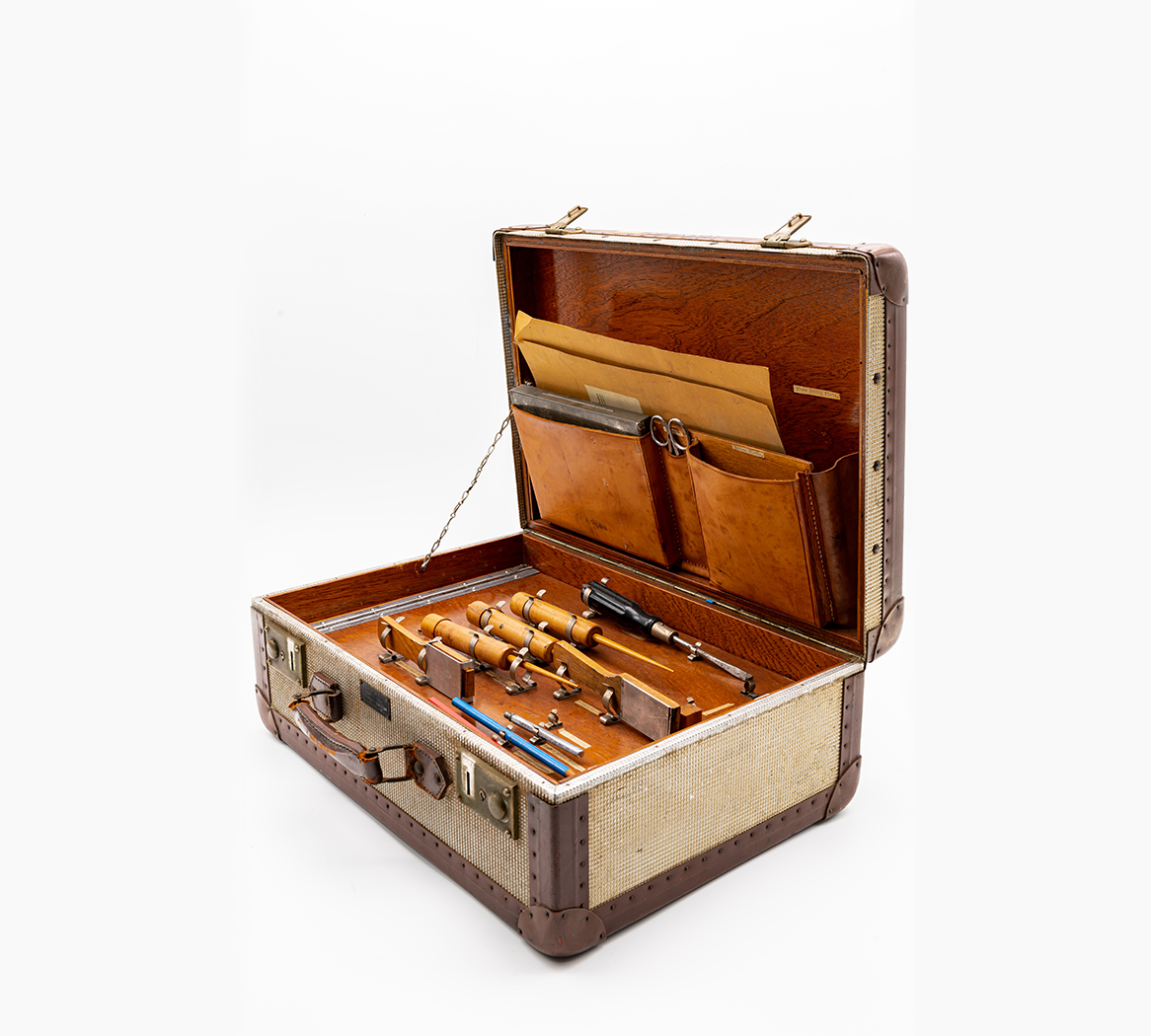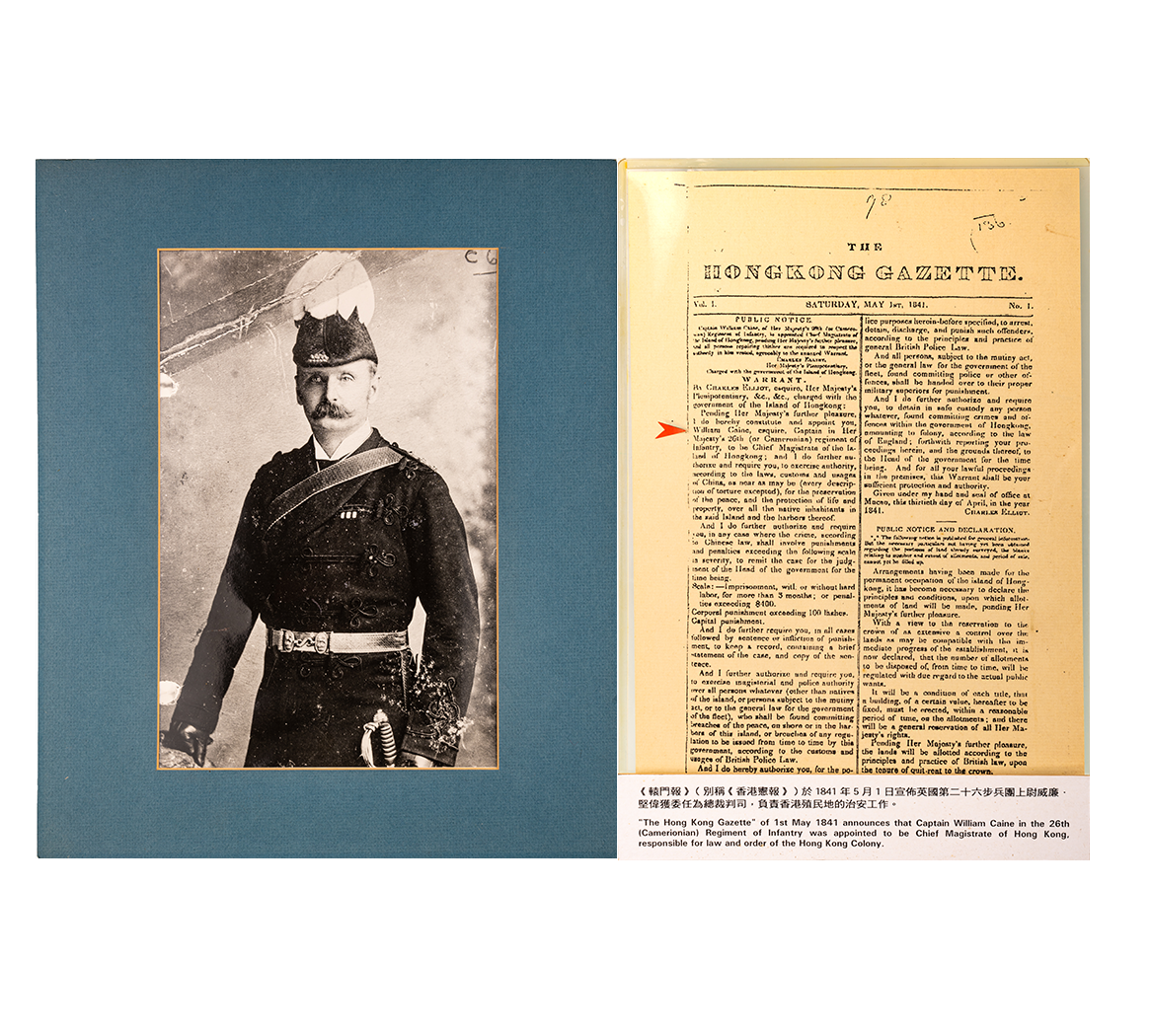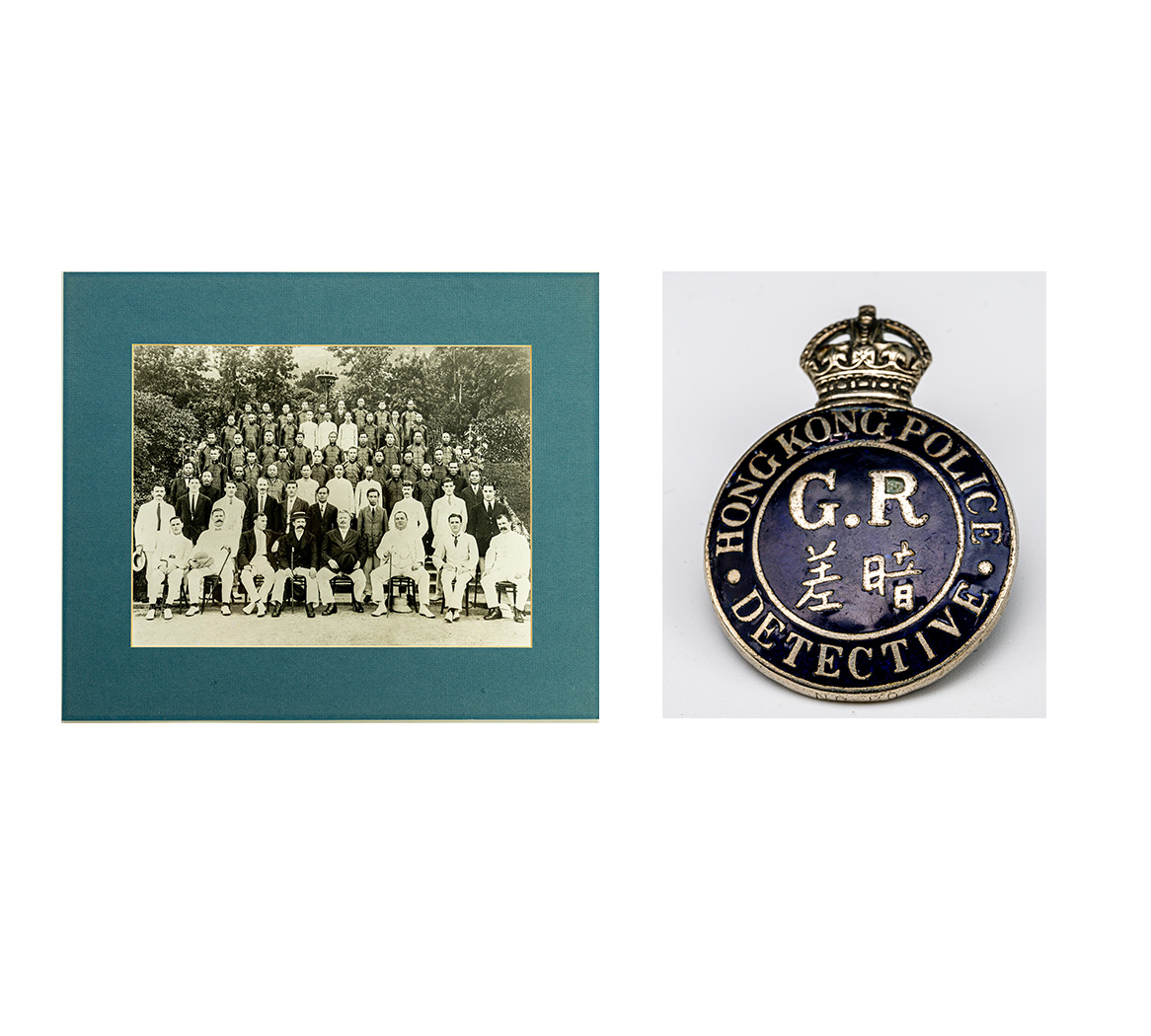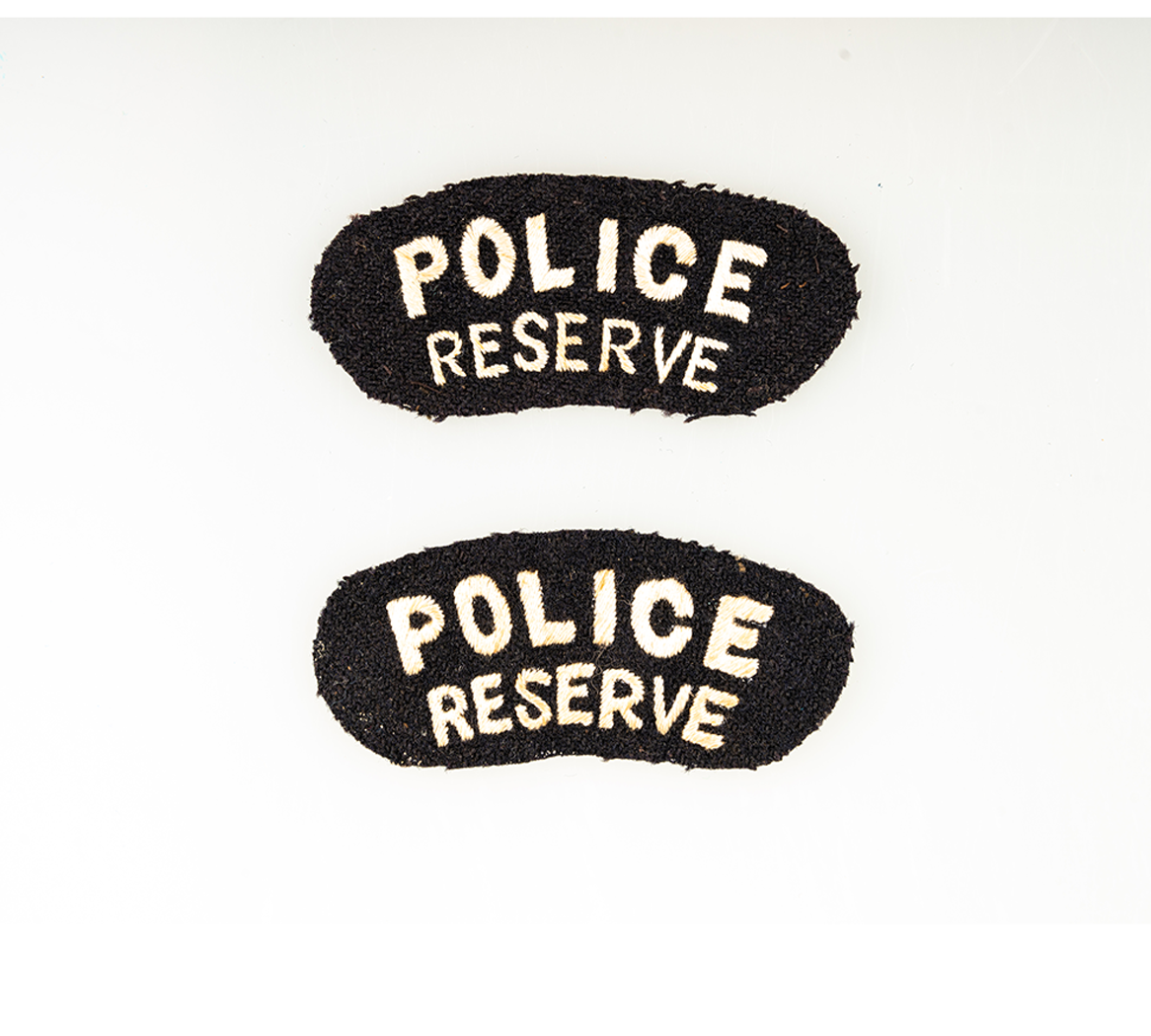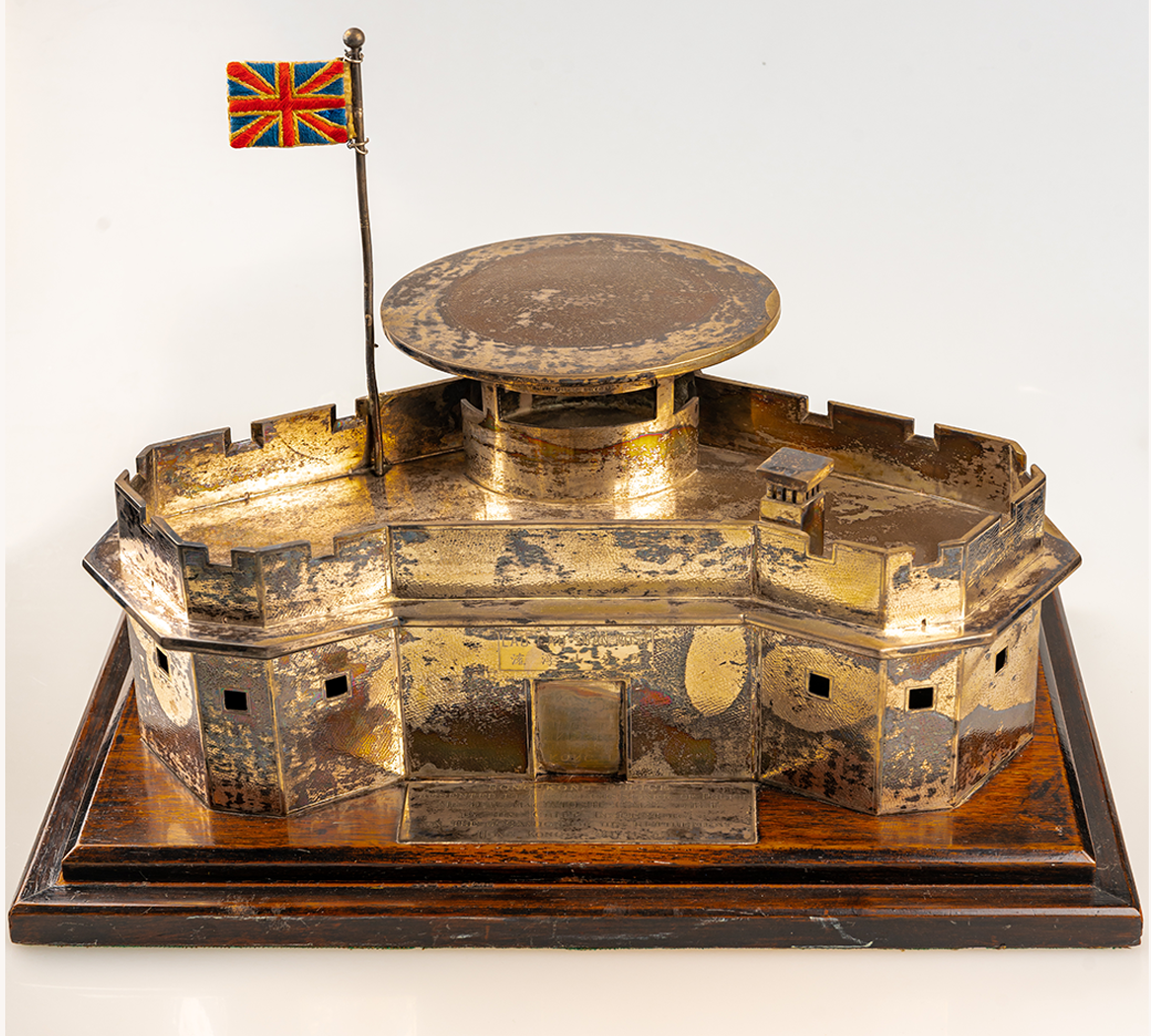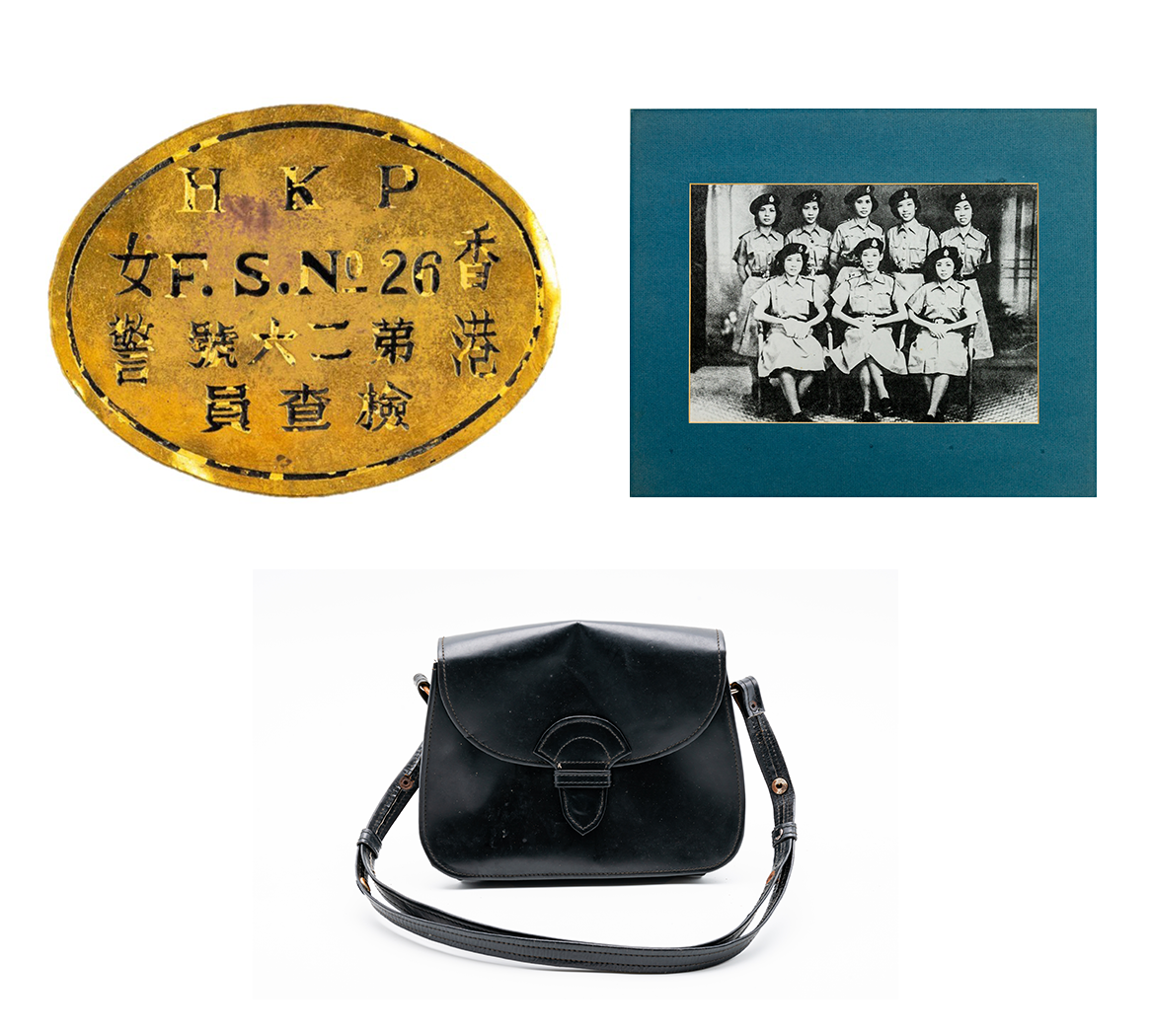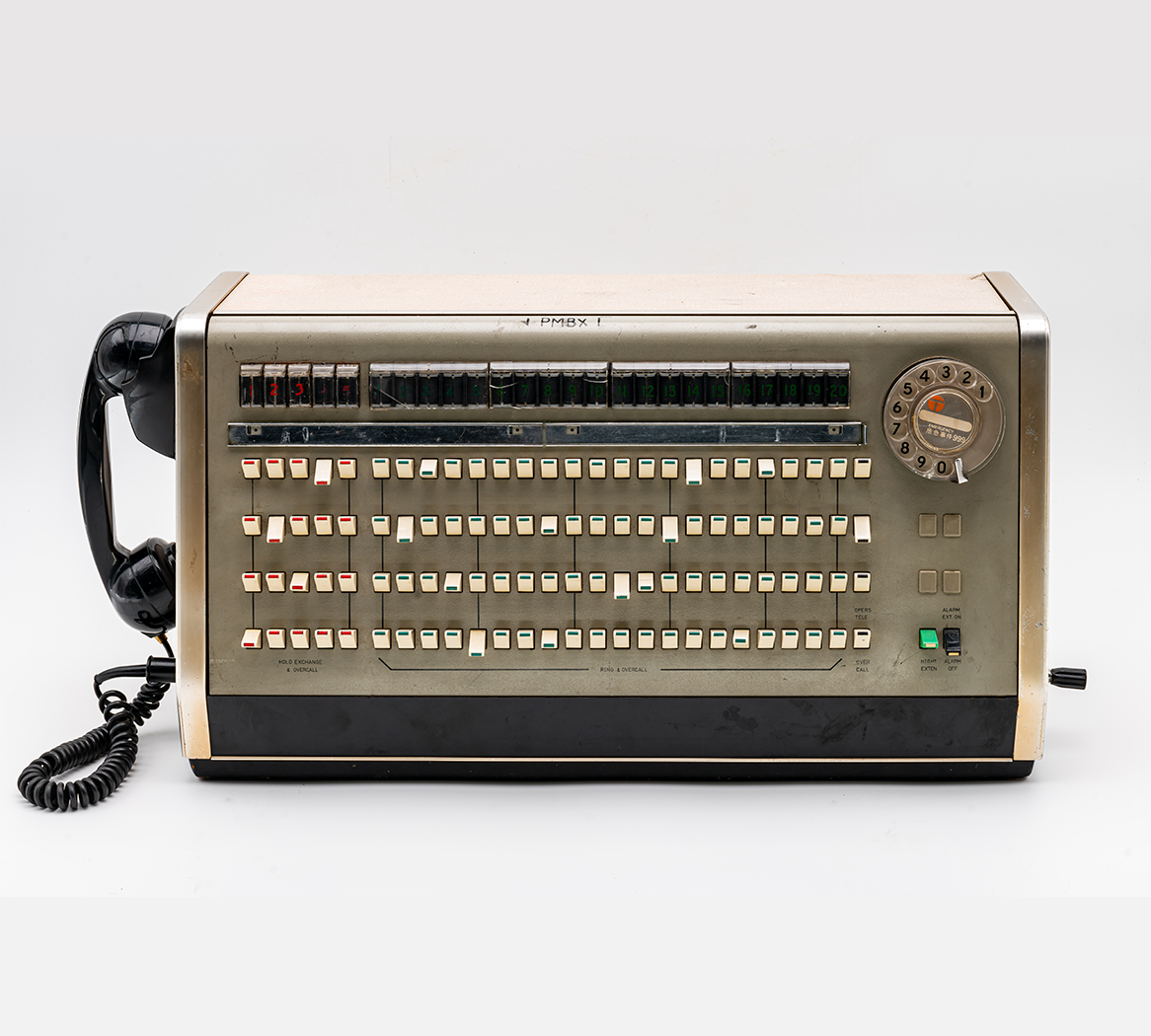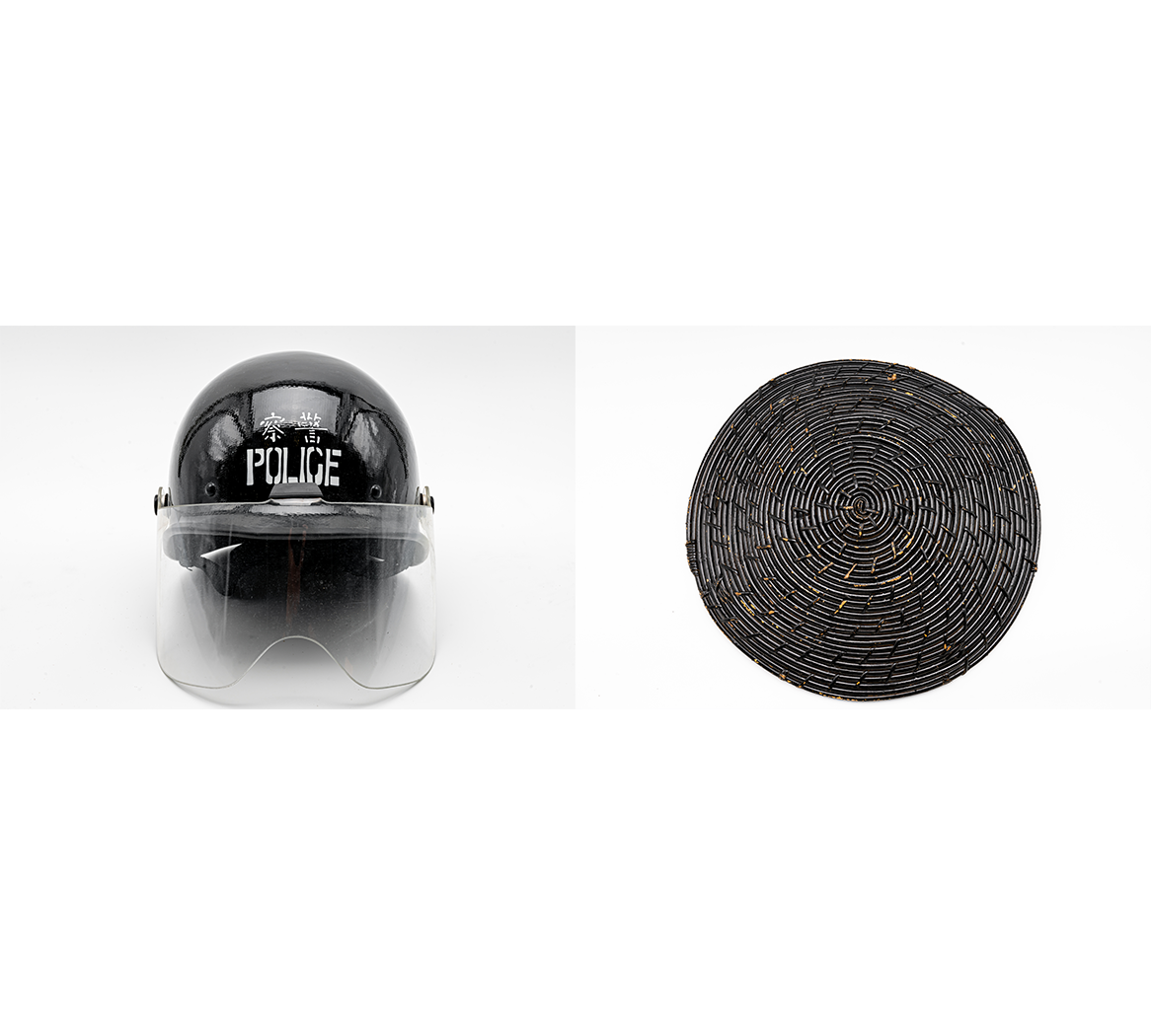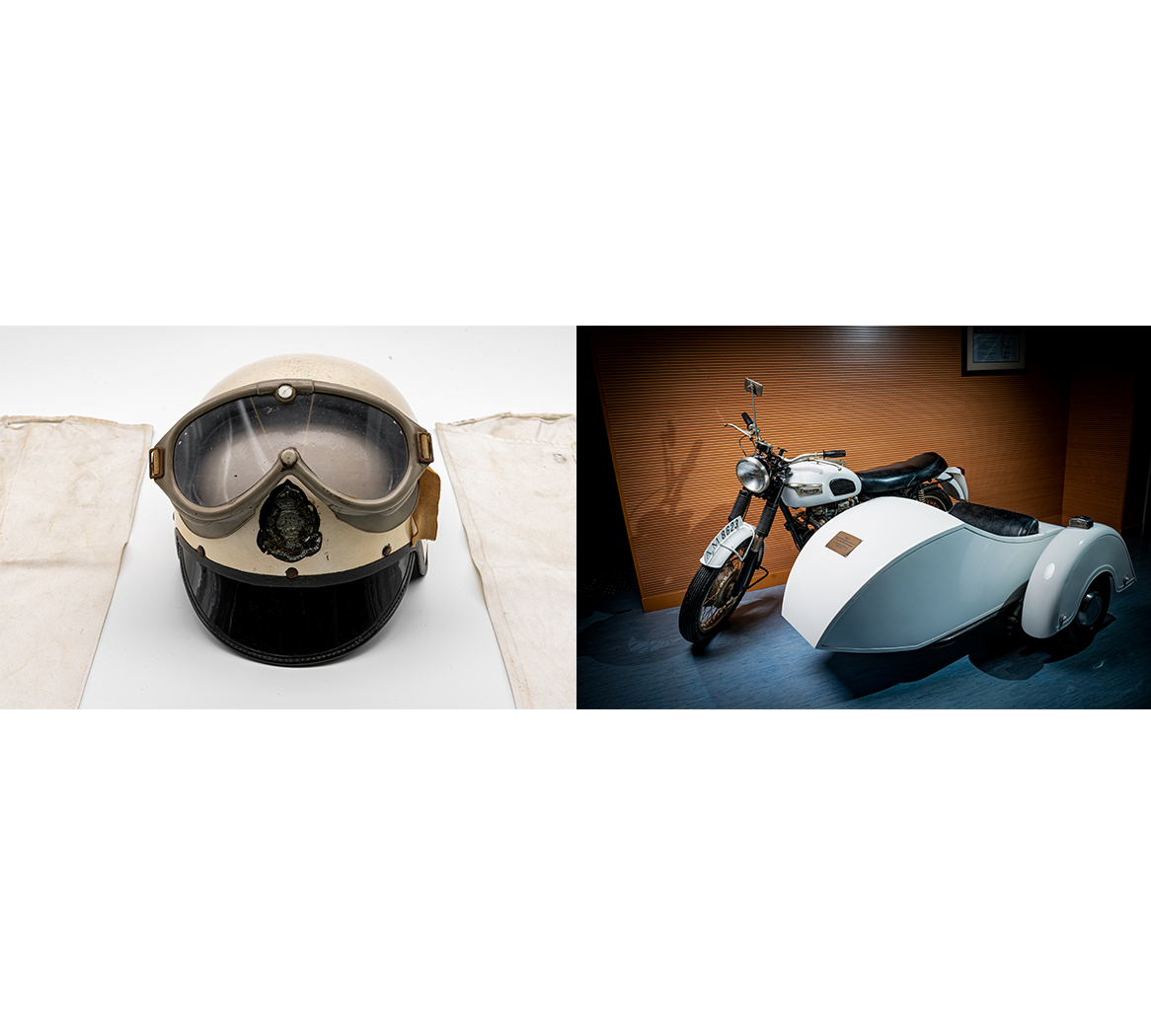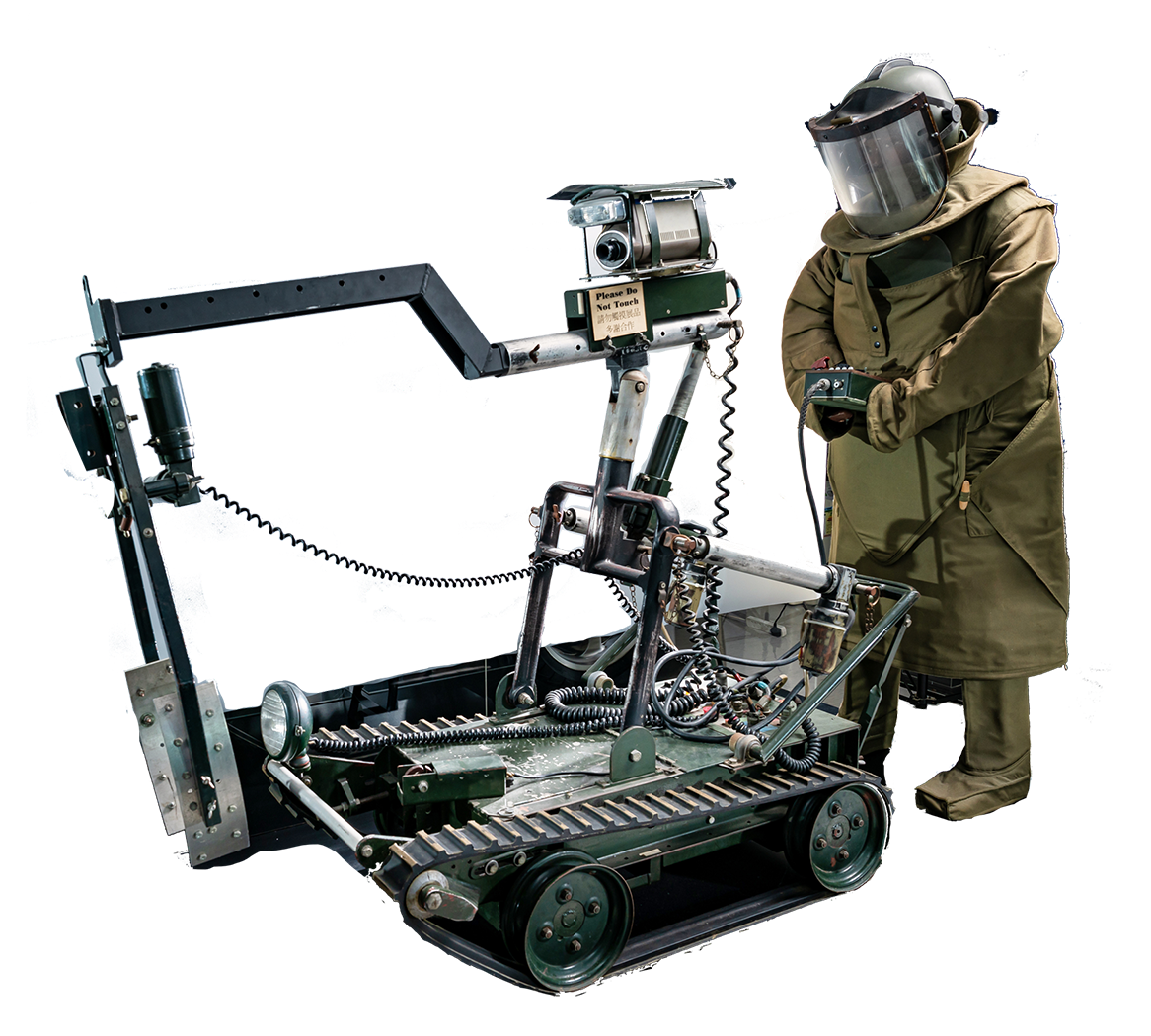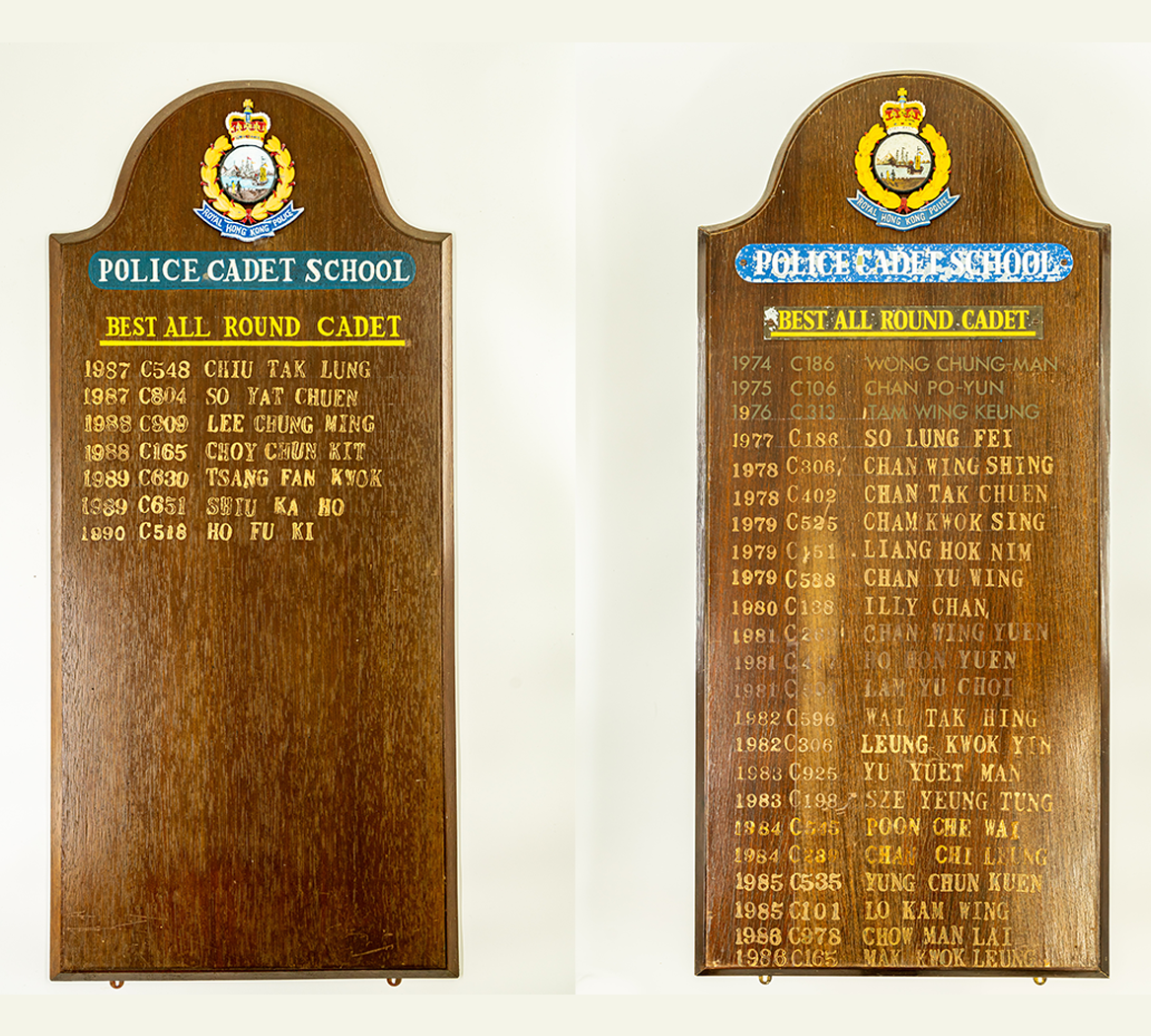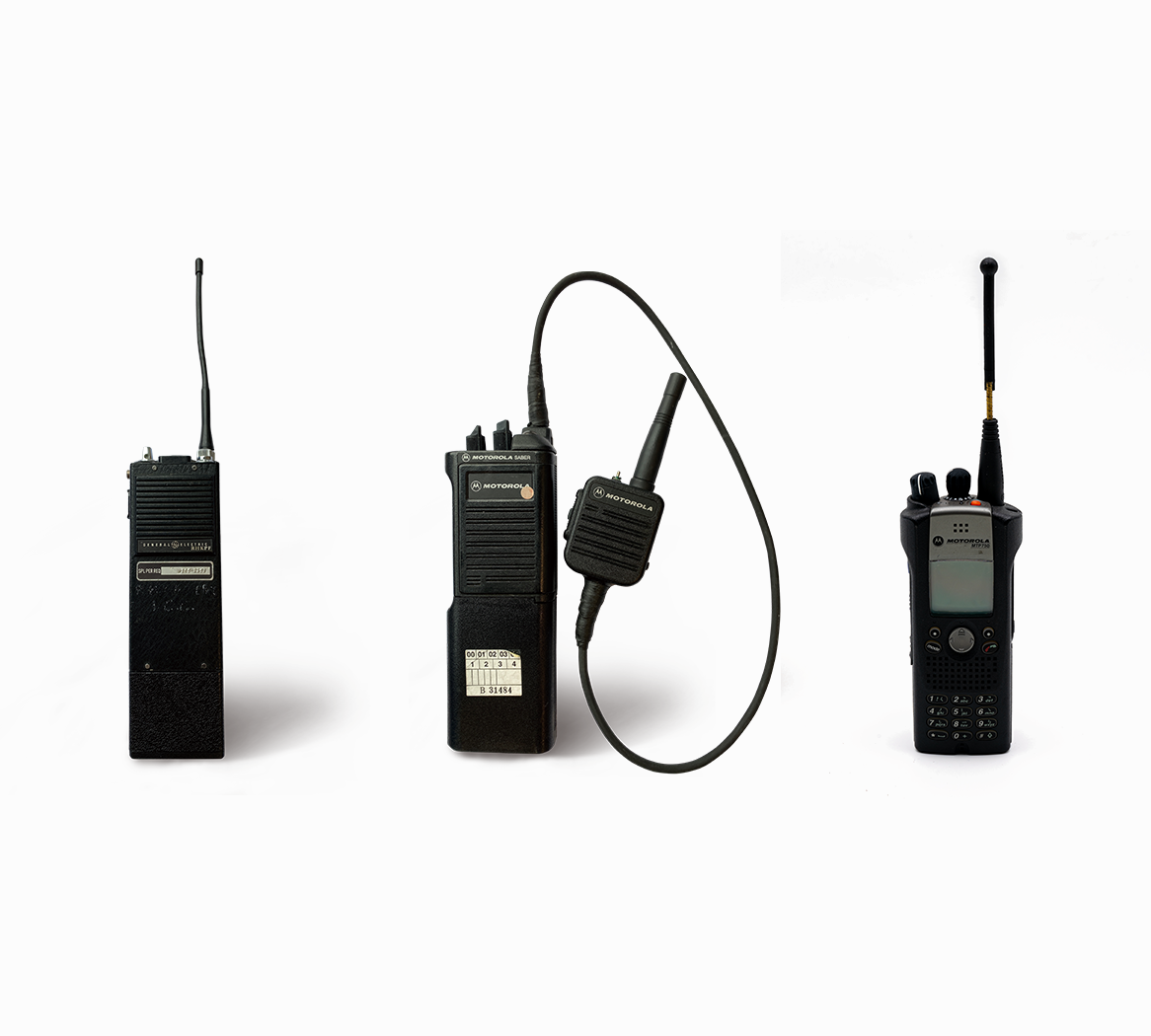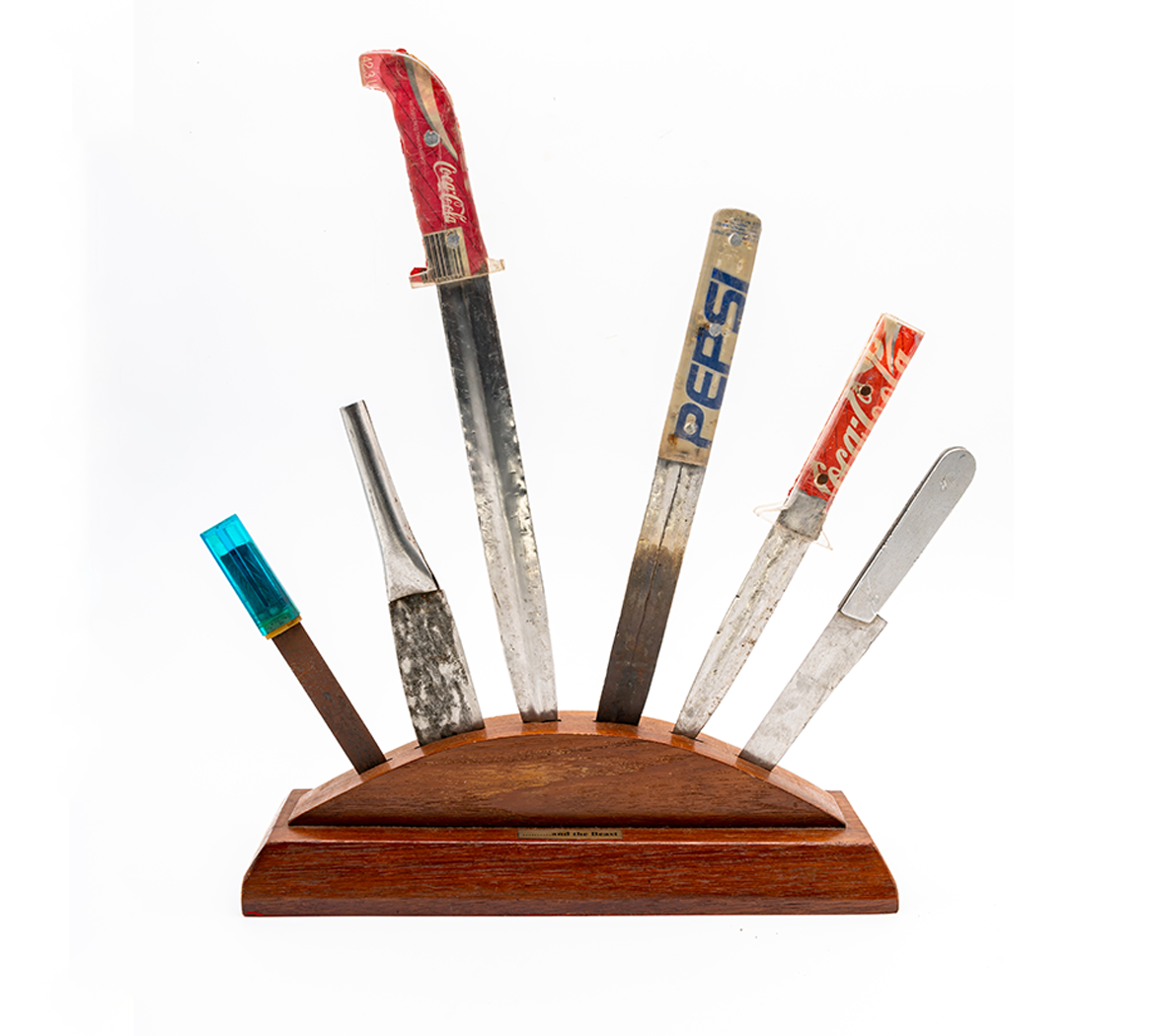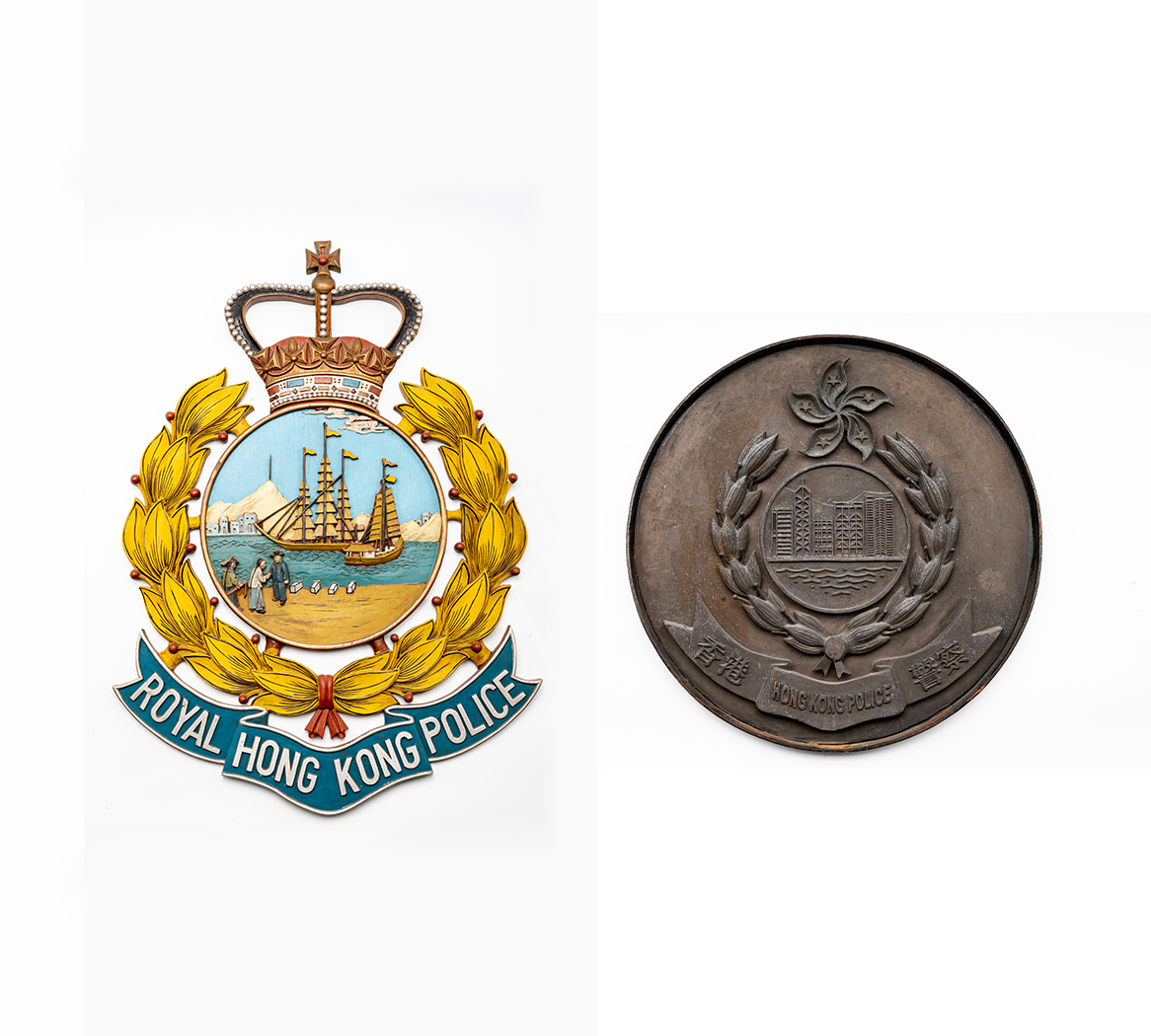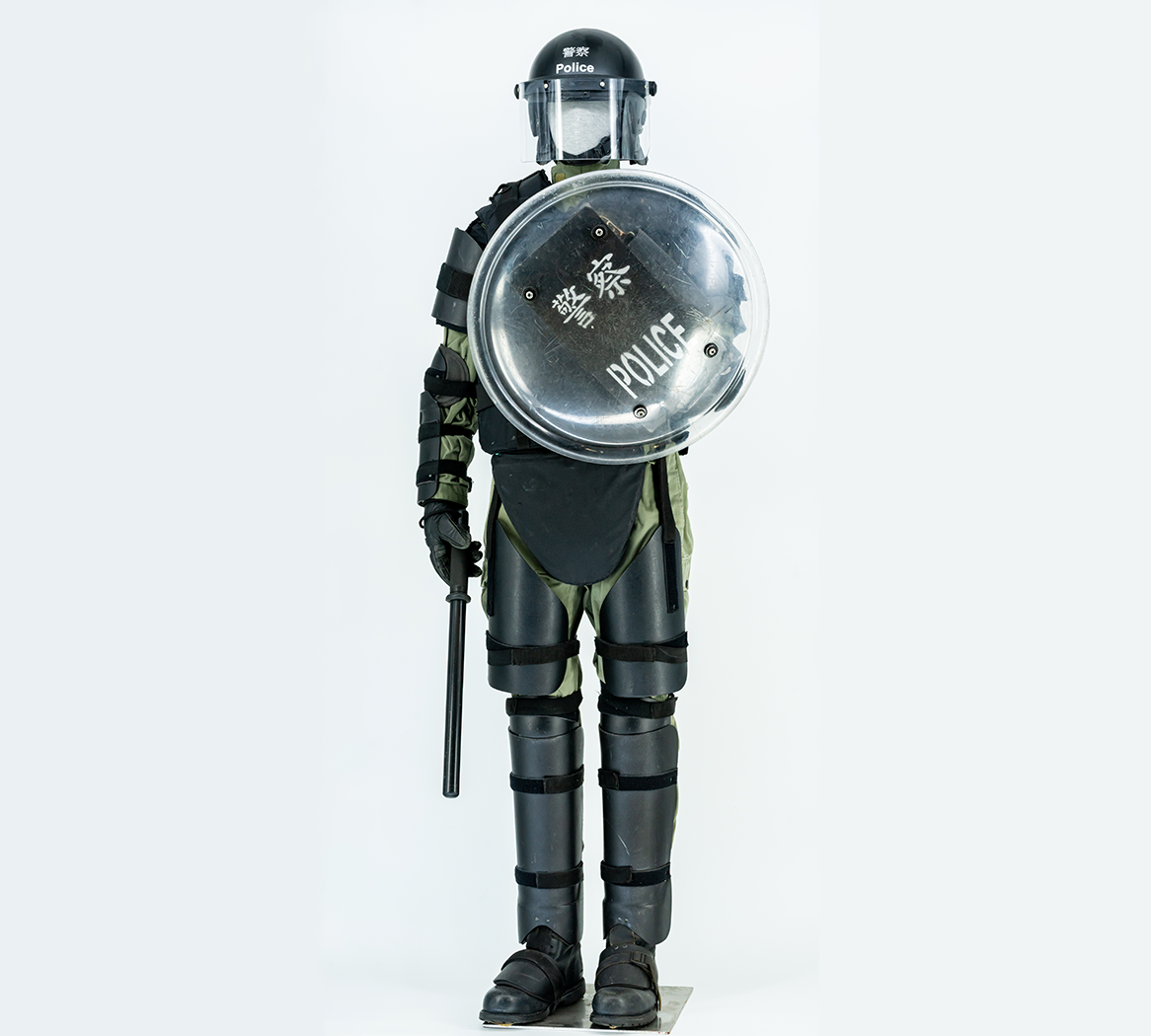Description
As early as the Zhou Dynasty in China in the 11th century B.C., fingerprints were already regarded as a legitimate marker of personal identity. By the end of the 19th century, modern forensic dactylography began to gain importance in the West. Microscopic techniques were used to magnify the details of fingerprints to facilitate more accurate comparisons. Fingerprints began to provide powerful evidence in the identification of criminal suspects.
In 1904, dactylography was introduced to the Hong Kong Police Force. After years of application, the Advanced Technology Unit was set up in 1986 to focus on the research and development of technology for lifting fingerprints from the surface of exhibits.
The Crime Scene Evidence Collection Kit was a toolbox set used in the old days to assist forensic examiners in gathering evidence at crime scenes, particularly fingerprints, in order to prove who had been present and what objects had been touched. There are many ways to visualise latent fingerprints, but the “Fingerprint Powdering” method was generally employed in the 1950s and 1960s.
The Force has been introducing new technologies to enhance its fingerprint detection and comparison capabilities. In 1991, the Force introduced the Computer Assisted Fingerprint Identification System, which, together with manual comparison, has significantly reduced the time required for fingerprint comparison. In 2014, the Force implemented the Fingerprint and Palmprint Livescan System, thereby substantially replacing the traditional ink and paper methodology in taking fingerprints and palmprints. The vast majority of fingerprint collection and preservation tasks have now been digitised, and the overall efficiency has been enhanced.
Apart from criminal investigations, fingerprints can also be used in immigration affairs, identity proof, missing persons’ investigations, identification of the deceased, etc.



